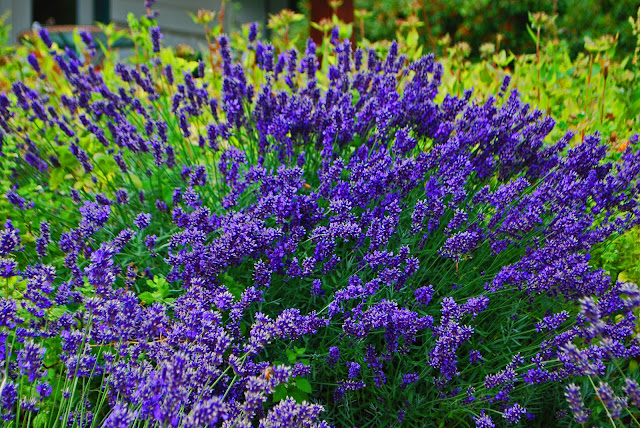I went over to Joanne's house today to take a look at her compost bin. She had shared at our small group that she could no longer get anything into it, and that nothing seemed to be breaking down. The bin was one that the local garbage company was giving away a number of years ago. It is located about as far from the house as possible, which to me is a problem. If it's hard to get to the bin I probably won't use it.
And this one was full! You can tell by looking at the photo above. I brought along a screen, so we started to shovel out the bin.
Because she has a lawn, Joanne also has a yard debris cart as well. She had it stored right next to her recycling bin and garbage can in a very convenient location. We decided to move the yard debris cart a bit further away and relocate the compost bin right next to the garbage can. That's where I want it to be, so that when I take out the garbage I can bring out my table scraps as well.
It took us a long time to dig out the compost bin! It was completely full. Not only that the local shrubs had sent their roots into that beautiful compost, locking it into the ground. We finally managed to get it emptied, and what a treasure it contained. The earth is so beautiful! I was expecting a bunch of half decayed, wet, stinking garbage, but it was full of wonderful composted dirt. I even took some home to use as potting soil.
Joanne's problem is a common one. It is hard to harvest the compost in one of these bins when you are still adding scraps onto the top. There are doors at the bottom, but they were not accessible previously. I think this set up will work a lot better for Joanne. I suggested that she get one of those compost pails for her kitchen that have filters in them. They work amazingly well with almost no aromas getting into the kitchen air. It will be fun to see how this new system works out for Joanne.
























